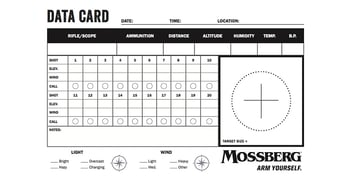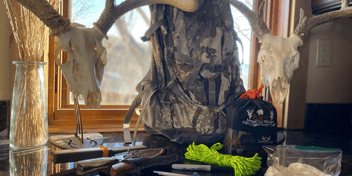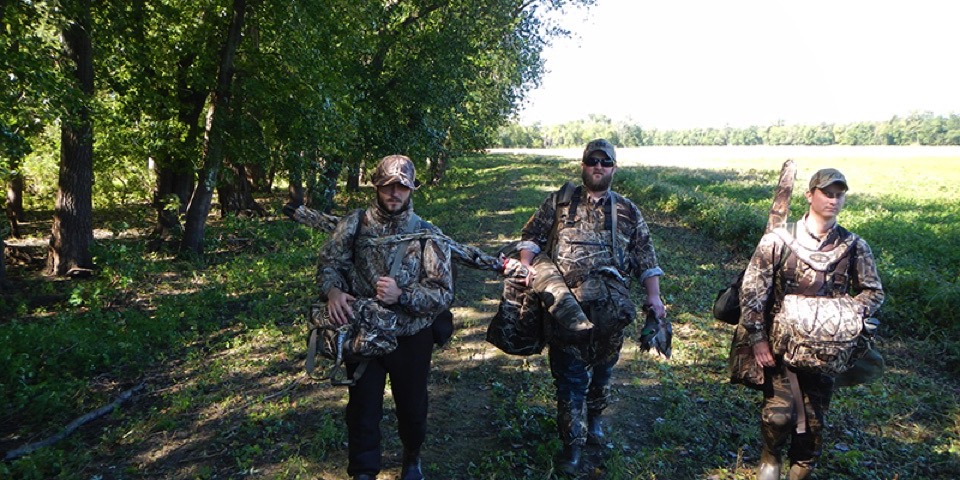
Shooting limits of greenheads on public land is tough enough. You’re contending with pressured birds, the weather, maybe an early-morning boat race, and every hunter in the marsh high-balling (and a few sky-busting) any flock in sight.
So to make it a little easier, here are a few public land hunting gear essentials every hunter should have:
Find Your Hole
Some guys have been public land hunting the same waters for decades and could probably steer their boat to the stake blindfolded. But most of us need a light, and you should invest in a GPS too, or at the very least pin all the locations you want to hunt on your phone. When this is the case, you can rest assured that the only way you get beaten to the hole is because your competition knows a better route or has a faster duck sled. I like to use Garmin because they make some of the best GPS units available, and if you hunt big water, they are the best for navigation.
Take a Shot
Mossberg International SA-20 All Purpose Field Shotgun (#75772)
Public land hunting means you’re hauling a bunch of gear. In some cases, you might not know if you will be hunting water or a field until the draw, which means loads of decoys. Make it a little easier and buy a reliable 20-gauge. Mossberg’s SA-20 is a fine option. I like to carry a 20 on walk-ins. Lugging all that gear a mile down the levy is tough work. Might as well lighten the load with a smaller gun.
What About Waders?
Sweat equity is almost a public-land requirement, so when I go to state or federal land it’s a given I’m wearing early-season waders because there’s plenty of walking involved. Here’s the secret: on the hump out: I wear one base layer under my waders and stick a pair of fleece-lined wader pants in the decoy bag. Once we get close to the stake, I gracefully slip on the wader pants and back into the waders (this might not be an option if you wade through the water the entire way). You are hard-pressed to do this quickly with neoprenes and will be sweating like a hog no matter how cold it is. If it’s particularly warm, sometimes we walk the levy in shorts and an old pair of tennis shoes. But bring a little bug spray or you’ll get eaten alive.
The Decoy Shuffle
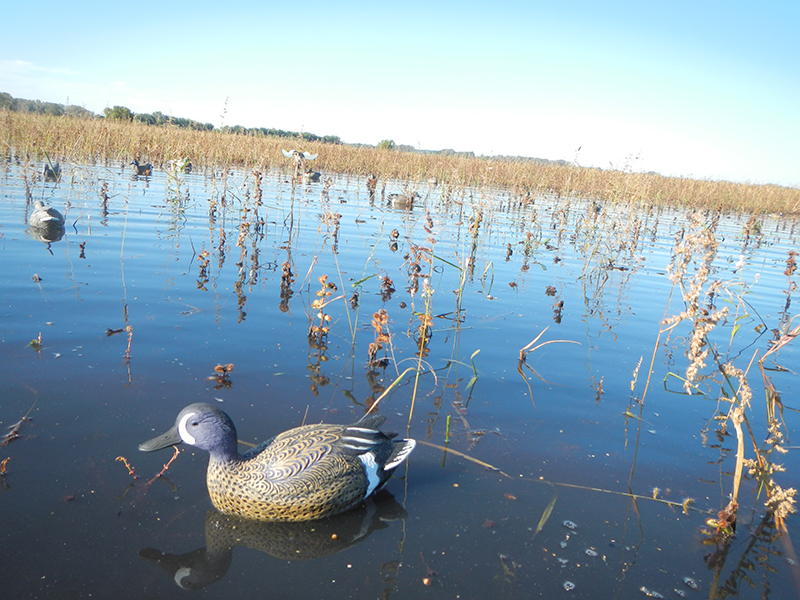
One of the first walk-in hunts I ever went on was dreadful because I brought too many full-body/heavy decoys. If you’re boating in, it’s no problem. Take as many floaters as the boat can hold. Just make sure you’re rigged for the right water depth. There have been a few times where it has flooded and we forgot to rig longer lines, so we had to pull lines off some decoys and clip them to other lines so our fakes didn’t float downriver. At walk-ins, I would recommend teal and smaller mallard floaters. My rig is a dozen mallards and a dozen teal. Of course, these species may not apply to where you hunt, but remember, wood duck and shoveler decoys are your friends because they are typically smaller and lighter.
Stay Hidden
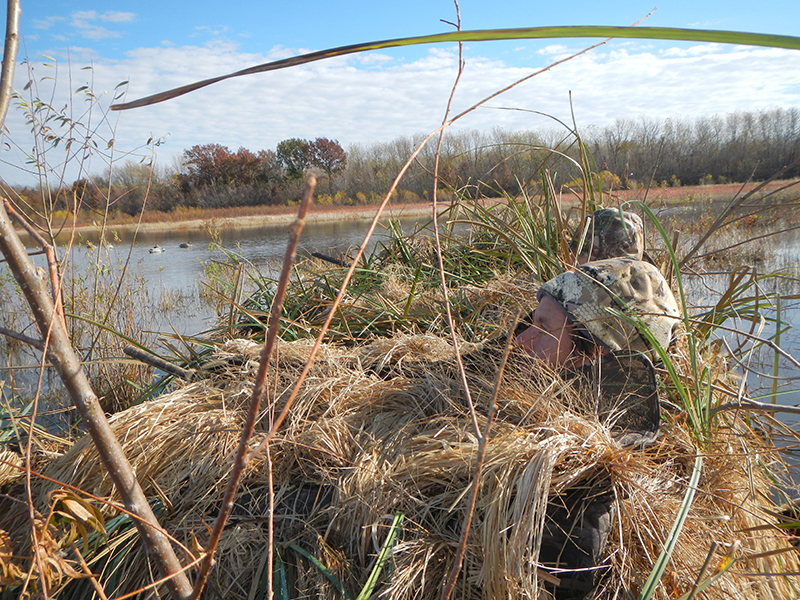
I’ve had the pleasure of hunting with Ira McCauley, the owner of MOmarsh, for the past few seasons, and he makes gear every public-land hunter should buy. Both his AT-X Invisilay and Invisi-Man blinds are on retractable legs, so you can hunt water and land. The only difference is the Invisi-Man has no bottom. It’s kind of like a recliner with camo covering. They’re both fairly light and stackable if you’re boating in, plus you can hunt in almost zero covers if you brush the blind ahead of time. It just looks like a big pile of cattails or a muskrat hut, so the ducks will be none the wiser.
About the Author



